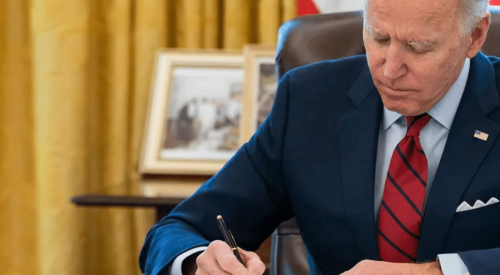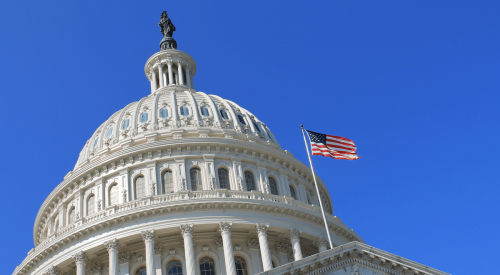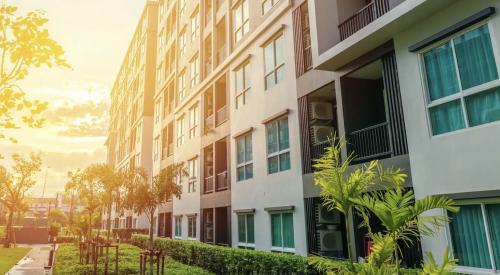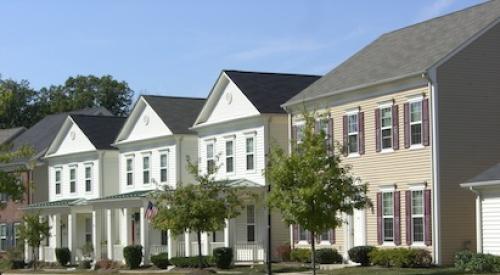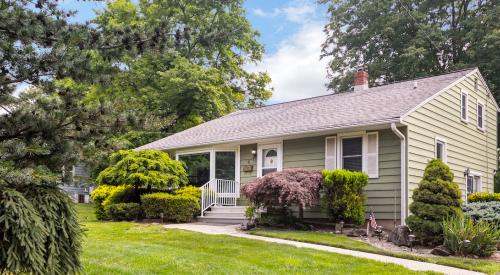| NAHB President Bruce Smith
|
When it came to enhancing affordable homeownership and rental opportunities across the nation, the 106th Congress saved its best act for last. The final appropriations bill approved at the end of the congressional session and signed into law shortly afterward includes critical housing tax initiatives long championed by the NAHB. These measures will open the door to decent rental housing for an additional 180,000 low-income households during the next five years and will help provide low-interest rate mortgages for low- and moderate-income first-time home buyers.
Specifically, the legislation includes a 40% increase in the volume cap for the Low Income Housing Tax Credit, to be phased in over two years. Beginning Jan. 1, 2001, the credit was increased from $1.25 per capita to $1.50 per capita. The cap will rise to $1.75 per capita in January 2002 and will be adjusted annually for inflation.
The spending bill also includes a two-year, phased-in increase in the private activity bond cap from the current $50 per capita to $75 per capita, and indexes it for inflation thereafter. Under this program, state housing finance agencies can issue tax-exempt revenue bonds to help provide low-interest rate mortgages to first-time home buyers, and to finance rental housing for limited-income families.
The Low Income Housing Tax Credit cap had not been adjusted since the program’s inception in 1986. During this 14-year period, demand for the credits rose steadily, outstripping supply by more than three-to-one.
The tax credit program encourages owners to buy and rehabilitate or construct housing for low-income people by providing a federal tax credit for a portion of the acquisition, construction or rehabilitation costs of the project. Over the years, the housing credit has proved to be cost-effective and efficient, with states using it as a catalyst to revitalize urban neighborhoods and to add affordable rental housing in fast-growing suburban areas.
Tax credits are vital to meeting the need for affordable housing in both rural and urban areas and contribute significantly to economic growth nationwide, generating approximately 70,000 jobs, $2.3 billion in wages and $1.2 billion in federal, state and local taxes annually.
For years, the NAHB has worked tirelessly to ensure passage of these important measures, which are so critical to meeting the housing needs of American households. Yet more needs to be done. The NAHB is calling on the 107th Congress to use a portion of the current federal budget surplus to fund a new multifamily production program.
Such a program could significantly help the estimated 3 million moderate-income working families in this country who pay more than half their incomes for housing or live in substandard housing but do not qualify to live in housing credit-assisted properties.The NAHB estimates that at least 60,000 to 70,000 new multifamily units annually are needed for America to begin to meet the needs of these working families.
The current budget surplus represents a real opportunity for the government to encourage multifamily housing. The NAHB will work hard during the coming year to persuade Congress to act on this opportunity.
